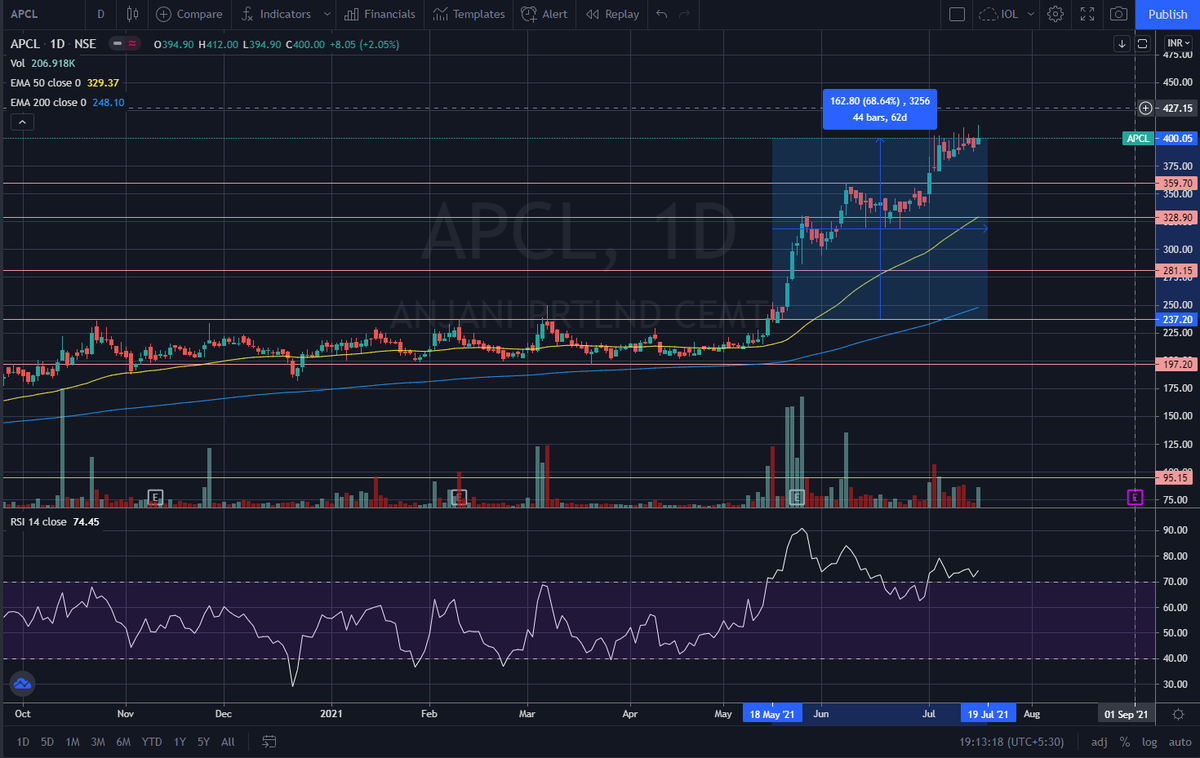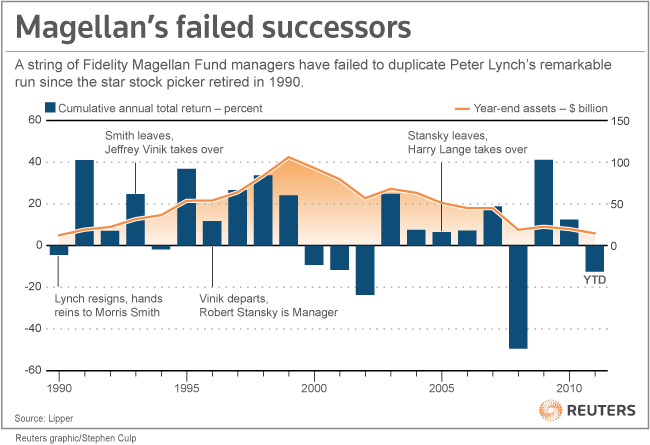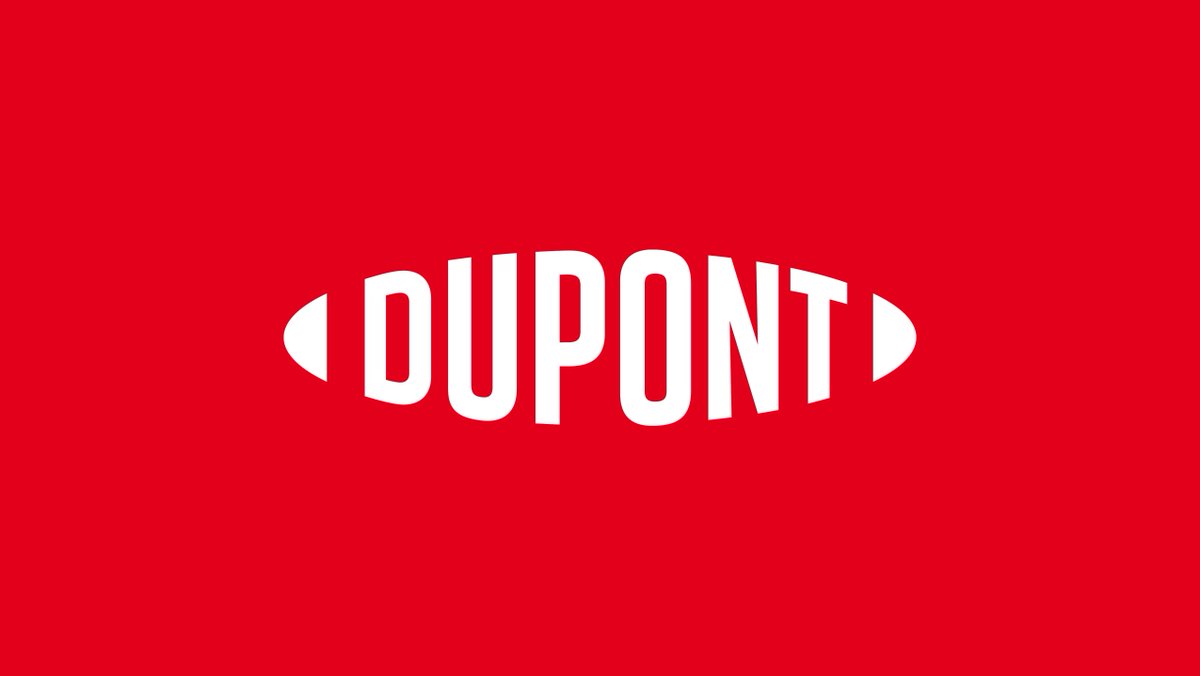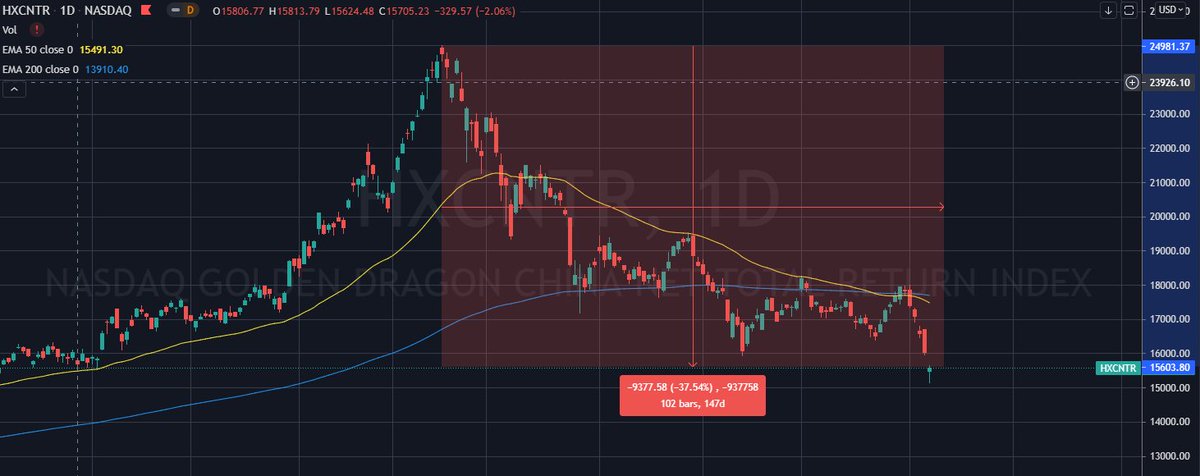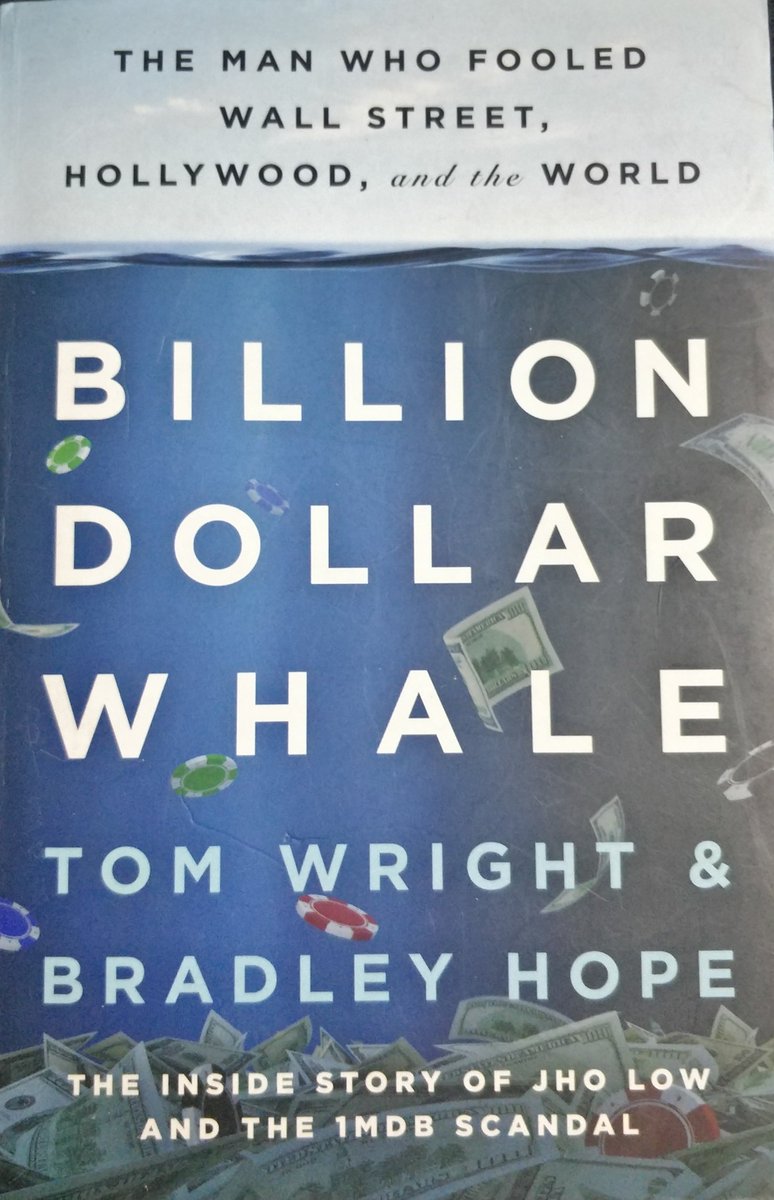
Guess the Sector, that this company operates in.
ROCE 1 Yr: 32.7%
ROCE 3 Yr: 24.8%
ROE: 27.4%
ROE 3 Yr: 19%
Op Margin: 28.4%
Reserves: 32% of Current Market Cap
Debt: Nil
Profit CAGR 3Yrs: 54%
Debtor Days: 15
Inventory Turnover > 5
CFO YoY Increase : 160%
ROCE 1 Yr: 32.7%
ROCE 3 Yr: 24.8%
ROE: 27.4%
ROE 3 Yr: 19%
Op Margin: 28.4%
Reserves: 32% of Current Market Cap
Debt: Nil
Profit CAGR 3Yrs: 54%
Debtor Days: 15
Inventory Turnover > 5
CFO YoY Increase : 160%
Some of you got it correct. Its Anjali Portland.
The company just acquired another cement company that will double the total sales immediately.
screener.in/company/APCL/
The acquisition was financed by adding debt, so interest costs from next quarter will go up but still great!
The company just acquired another cement company that will double the total sales immediately.
screener.in/company/APCL/
The acquisition was financed by adding debt, so interest costs from next quarter will go up but still great!
For a company that operates in a cyclical sector like cement!
What I liked is that the company was able to maintain the balance sheet and margins even in a down cycle.
With real estate sector reviving, this can be a great bet from here.
No recommendations, just an observation.
What I liked is that the company was able to maintain the balance sheet and margins even in a down cycle.
With real estate sector reviving, this can be a great bet from here.
No recommendations, just an observation.
Someone did some work on details of acquisition, sharing the thread here.
https://twitter.com/YOUNGBRUJ/status/1413516169546457091?s=20
Comment interesting insights (if you have) and I will add them to the thread.
Power of Community > Power of Individual
Power of Community > Power of Individual
https://twitter.com/svudayakumar/status/1415696971717693442?s=20
• • •
Missing some Tweet in this thread? You can try to
force a refresh

